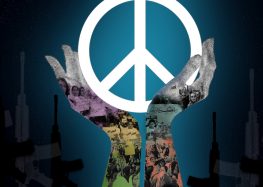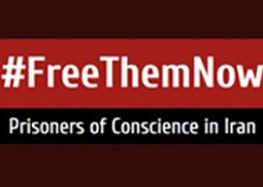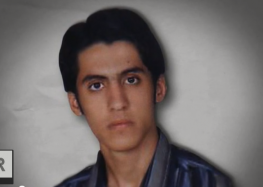Public Transportation
Tehran is home to the country’s first underground rail system, which serves over eight million people a day. The capital city also has a four-line Bus Rapid Transit system (BRT) that serves 1.8 million people daily.[123] Underground rail systems now are present or under construction in other major cities, including Shiraz, Mashad, Isfahan, Tabriz, and Ahvaz.[124]Some important developments in accessibility in major cities include the installation of about 40 tactile directing lines in 104 of Tehran’s metro stations to facilitate accessibility and safety for blind people; adjustable doorsteps on some new buses in major cities, including Tehran’s BRT to allow wheelchairs to board; and braille signs at some bus stops.[125]
However, for many persons with disabilities, public transportation is either wholly inaccessible or extremely challenging to navigate—either due to the complete absence of accessible infrastructure or because existing infrastructure does not always work. Consequently, many persons with disabilities interviewed never navigate public transportation without help.
People interviewed living in smaller cities and rural areas faced even more difficulties in accessing transportation, since there is typically minimal or no public transportation in these locations and, where it does exist, it is overwhelmingly inaccessible. Most people in these locations in Iran rely on different types of taxis. For people with certain disabilities, however, this is often not an option as they are not accessible, and drivers may charge more for people with disabilities, such as transporting a wheelchair.[126]




